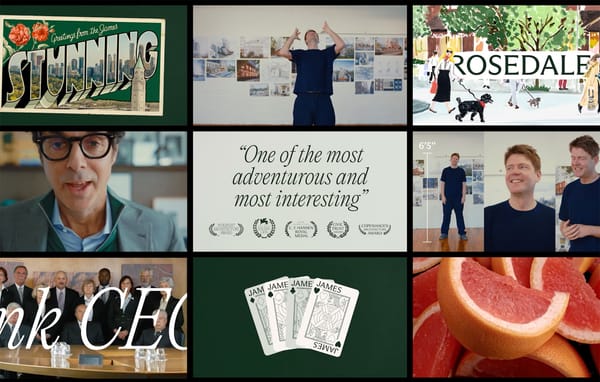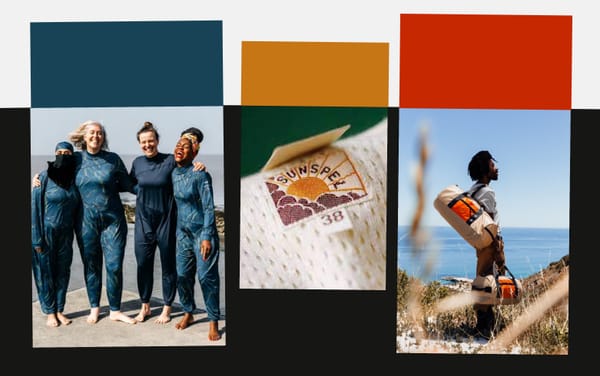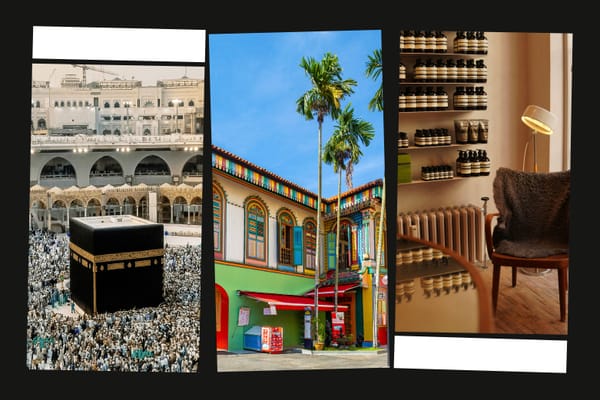Second Life
On putting customers first, no matter the circumstances
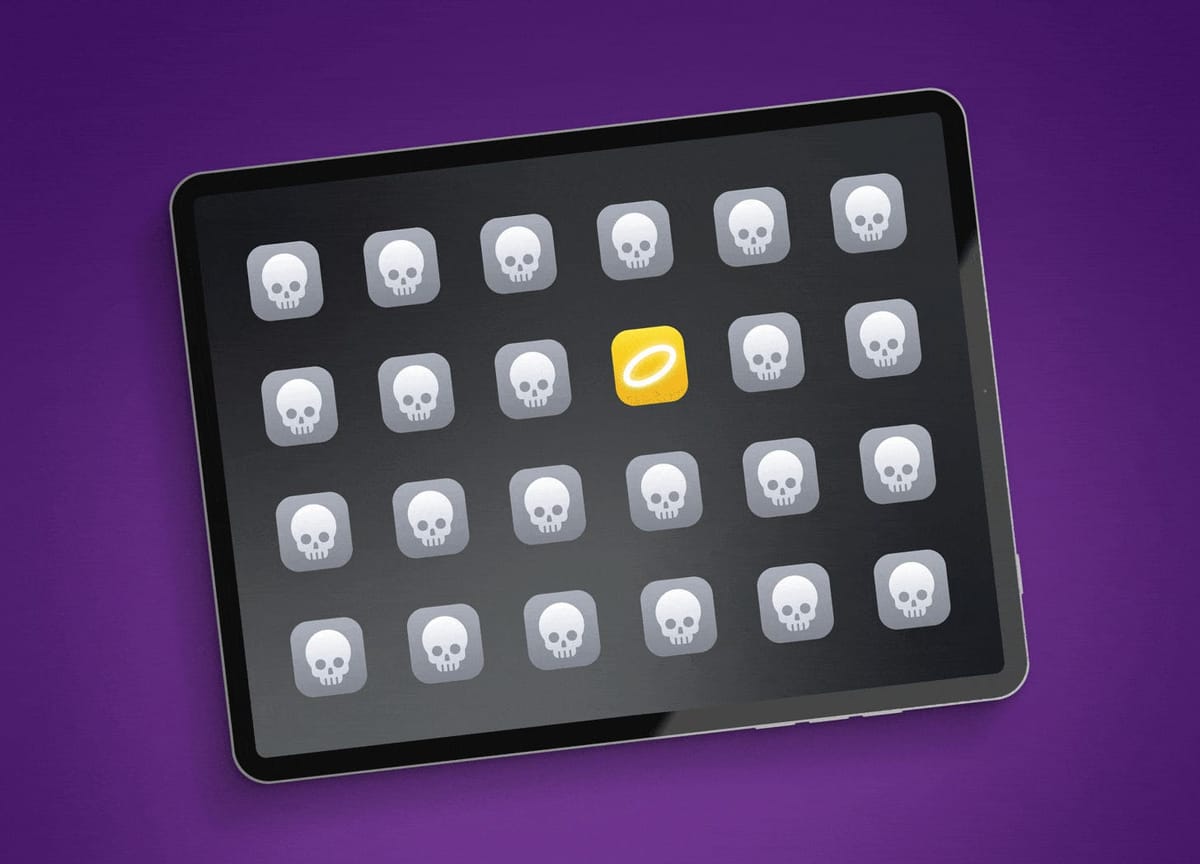
Hi everyone,
This week’s podcast features Deb Chachra, author of the new book How Infrastructure Works, which has changed how I see the world—not least by changing what I see in it. Check it out.
Below, two stories about longevity and digital access, a subject I also considered in early September. Together they raise a question: how have you navigated losing a service or piece of software you relied upon? Hit reply or comment below and let’s share our scars. In the first story, a software team shows the right (and depressingly rare) way to handle a transition. Then, a new archive surfaces four decades of hard-to-find counterculture publications.
Love all ways,
Brian
PS—The NBA season starts next week. I’ve got my ☘️ Celtics over the Lakers in the Finals, like it’s the mid-1980s. Fellow basketball nerds, show yourselves!
Second Life
I’m sure it’s happened to you, too: months or years after buying software or signing up for a digital service, the company shuts down, leaving you with an unsupported tool or a deadline for exporting your data. It happens in the best of times, when companies are acquired (or “acquihired”). It happens in the worst of times, when leaders cannot find “product-market fit.” It’s so common that TechCrunch posts a “startups we lost” article every December. The end result, for users, can be a minor inconvenience or it can be life-altering (e.g., “their bionic eyes are now obsolete and unsupported”).
So it’s worth celebrating when the leaders of a company find a graceful exit strategy that protects the people that have come to depend upon the product. Two months ago, Adam Wiggins, the CEO of Muse Software, posted an update to the company’s website whose title began “An end.” The second paragraph contained the “difficult news”: “we did not manage to make Muse into a sustainable business.”
Muse is a “tool for thought” for iPads and Macs and a wonderful and inventive piece of software. It gives you a “spatial canvas”—picture limitless, stackable digital whiteboards—onto which you can paste, manipulate, and link all manner of files and data. It has pioneered unique gestures and interactions, especially on iPad, and just as much care has gone into the back end, with a novel syncing solution that enables offline, local-first use with no worries about conflicts when you bring your device back online.
I should clarify that I’m not a Muse user; I’ve simply followed its development, especially through the team’s wonderful podcast. But I do know people for whom it is an inextricable part of their creative process. That’s why it’s a relief that the second half of Wiggins’s post title is “and a beginning.” Because while Muse the business cannot support seven full-time employees, it can support one. In his goodbye message, Wiggins announced that Adam Wulf, who has worked on the product for several years, will be taking it over as a solo entrepreneur.
It cannot have been an easy decision. It was surely bittersweet when the six team members who had worked to bring the app up to version 3.0, which enables collaboration between multiple users and other enhancements, pushed that update into the world. It meant their time with the company, building the product from scratch, was coming to an end. But because the care that went into that work was matched by care in thinking about its community, there will be a version 3.1, a version 4.0.
There is a future of computing in which we own our data and use different tools to manipulate it, switching them out as needed secure in the knowledge that data will remain accessible to us. Until then, I wish more companies would take the path Wiggins and his colleagues have taken, finding sustainable ways to extend the lives of their projects when the initial bet proves insupportable.
Carbon Copies
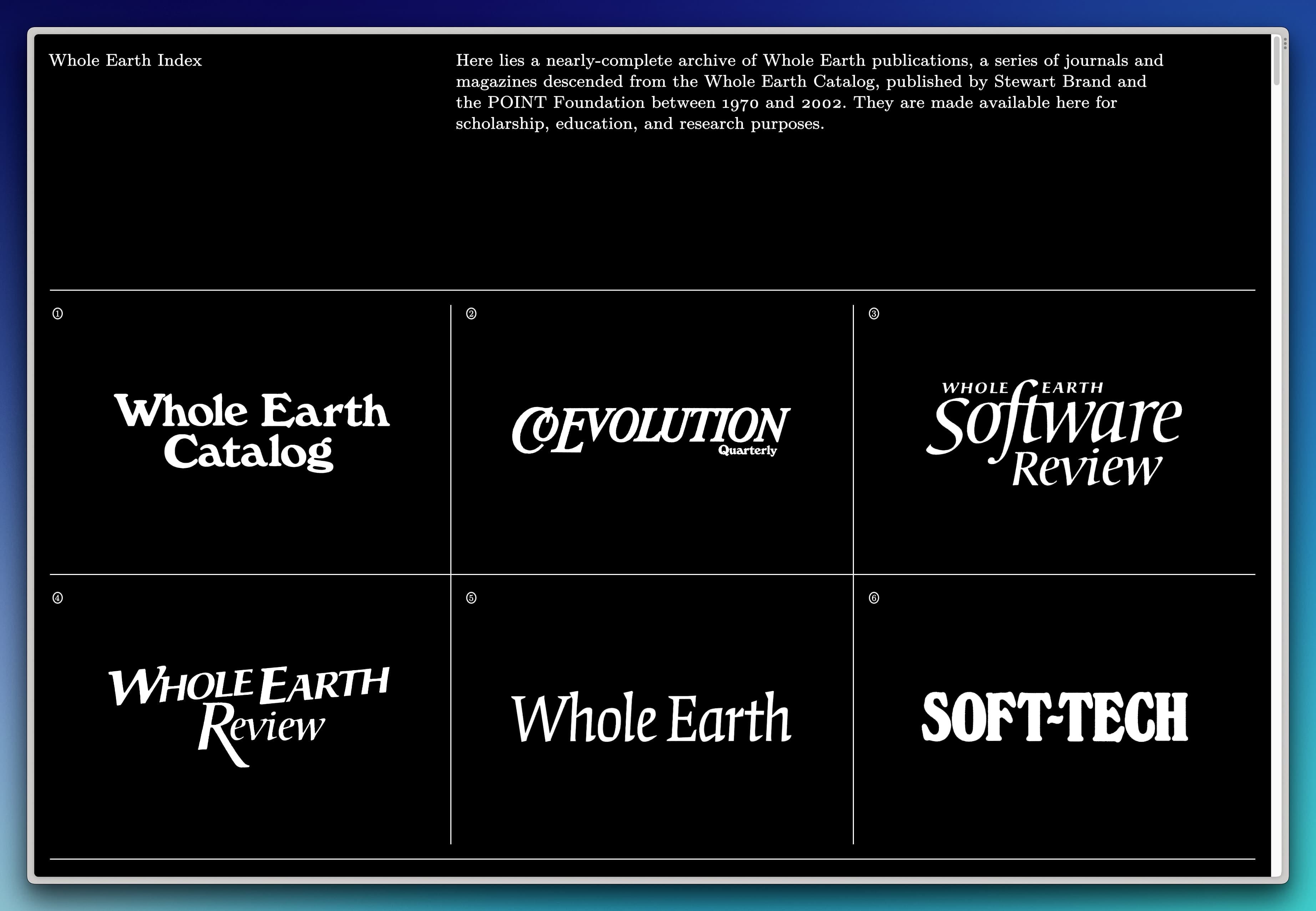
Last week, to mark the fifty-fifth anniversary of the first Whole Earth Catalog, Gray Area and the Internet Archive unveiled a nearly complete archive of Whole Earth Publications. This index, expertly designed and built by Mindy Seu and Jon Gacnik, includes the famous countercultural publication and descendants like Coevolution Quarterly and Soft-Tech.
The project makes these counter-cultural touchstones available to new generations of readers, who may only know the Catalog because it’s frequently cited by Silicon Valley leaders (who themselves may only know it because of Steve Jobs). “The goal, Seu says, was to recontextualize the Catalog, moving it from a mythic past and into a present context where she could ‘make it feel more reflective of the community that I was part of.’”
It’s a dense thicket of material. I opened CoEvolution Quarterly’s issue published in the season I was born to find a comic by artist R. Crumb followed by an essay on using saltwater as an energy source. Roughly twelve thousand pages later, an issue of Whole Earth Review includes an excerpt from poet Adrienne Rich’s notebooks, a review of the Rough Guide to World Music, an interview with neurologist and writer Oliver Sacks, and notice of the book Teach Yourself Web Publishing with HTML in a Week.
Seu and Gacnik’s work, which descends from the archives they created for 1960s-era publications designed by Herb Lubalin, makes skipping around the high-resolution scans effortless and fulfills the mission of granting “access to tools, ideas, and practices.” Visit the Whole Earth Index here.
✰ A little more: I interviewed Seu in 2020 about her work: “I value the activation of archives more than their mere preservation. I believe archives, especially grassroots community archives, are lived.”
Good links
- 🇪🇨 Our friends at the Honnold Foundation recently released the short film “Our Children’s River,” an inspiring look at La Guardia of Sinangoe, an Indigenous patrol protecting its ancestral homelands in Ecuador
- 🤳🏻 New_ Public’s Digital Spaces directory, a database of 200+ tools “for anyone who’s interested in studying, building, stewarding, or simply using digital social platforms”
- 🛣️ Apropos my interview with Deb Chachra, a radio series on Boston’s infamous Big Dig, an inflation-adjusted $21 billion, 25-year project
- 💡 Hannah Ritchie: “Are we the last generation—or the first sustainable one?
- 🤔 Patrick Tanguay: “As we edge towards ever more advanced technology, we are ‘just’ approaching the replication of natural processes for our own purpose.”
- 🌲 “Build capacity. Practice reciprocity. Create an afterlife plan.” These are some of the best practices for public art our friends at The Bentway just launched as the start of a conversation around making public art sustainable.


